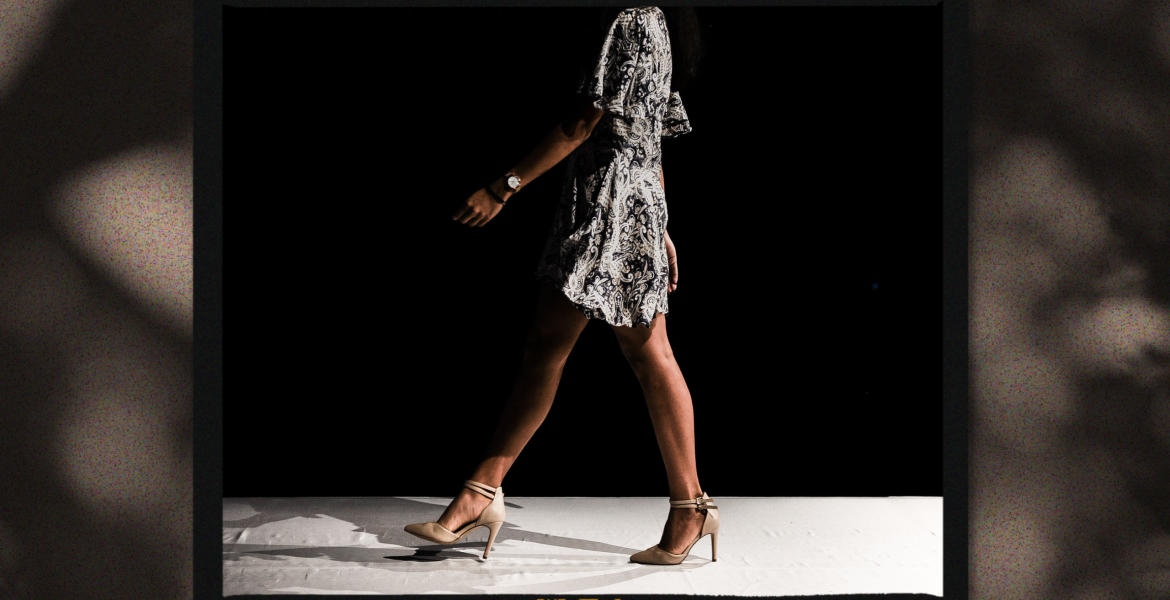When DEI Meets Fashion
Investing in inclusivity in the fashion space will inspire more young people to pursue their passions and focus on cultivating the next generation of style disruptors. Creating resources for people to thrive is the essence of any meaningful community. The fashion industry has a long history of accessing without giving anything in return.
What happens when brands profit off culture without an actual stake or investment in that culture? What’s the point of doing diversity and inclusion work if it’s not bearing fruit? People need to see that companies are serious and not just giving lip service.
As a consumer, it means a lot when brands genuinely commit to and invest in a cause. When I was working at my prior job, one of the things I took notice of was its philanthropy partners. It demonstrated that they were at least serious about partnering with the community to ensure a relationship that did not feel exploitative. Without a human element to it, the fashion industry would make it very hard to see people as they are, and to ultimately address the systemic issues that affect us.
Creating opportunities for people to thrive starts with acknowledging where those opportunities are few or non-existent. When people say I feel “othered”, we should listen to them. The breadth and scope of impact can be felt most by those more vulnerable.
The Importance of Diversity and Inclusivity in the Fashion Industry
Diversity is important in the fashion industry, particularly because of its history with gatekeeping. The preferred body type, skin tone, or hair texture is no longer the only bar for entry. The model look is not one size fits all, and the newer voices of this generation are speaking up. When I think about what DEI means within a fashion framework, I think about the people that have never existed in the mainstream. The people that didn’t get to take pride in their culture or traditions or the ones that got ignored.
The fashion industry has typically privileged eurocentric beauty as the norm rather than celebrating our unique differences. People are expected to have slender body types, talk a certain way and fit this mold that isn’t unique to them. When did fashion become so picky?
I’ve always loved dressing up for fun and getting ready for school, but most of the brands I had on or could afford were white-owned and did not include people or models that looked like me. There’s so much power in visible representation, and for a very long time, Black people were not that visible in fashion. Times are changing, and the fashion industry needs to keep up with Gen Z if it wants to stay relevant.
It's Not About The Numbers It's About The Intention
The COVID spotlight on DEI hasn’t changed the industry as a whole, it’s only made it smarter. When I think about the recent Tommy Hilfiger casting for New York Fashion Week, the first thing that comes to mind is the person on the receiving end of that. It’s great to see more people of color in magazines, showrooms, and at fashion weeks, but I also wonder what it must feel like when the hairstylist doesn’t know what to do with your hair, or a stylist that can flatter your size and style is nowhere to be found. I wonder if the diversity in those rooms matters.
The companies that are talking about diversity may not reflect that diversity when it comes to decision-makers and leaders. I start to think if this diversity thing is one big ploy by corporate America for passive allyship as they did with #blackouttuesday.
Iman Stevenson asked this same question in Elle. Has the fashion industry kept its promise?
She says that “Brands can often give off a veneer of diversity, without actually doing the work to achieve those goals”. If diversity is only about numbers, maybe we should look into why that is and potentially look deeper than skin tone to fix these issues.
Tommy Hilfiger Goes Mainstream
Tommy Hilfiger is one of those brands that everyone bought into at one point. Its American roots and cosign by prominent people in the Hip Hop community catapulted it to mainstream wear by the mid-’90s. Today, Tommy is still seen as one of those iconic brands that left a lasting impression on American culture, but more importantly Black culture. Aside from its fashion legacy and music co-sign it’s also a company that has benefited from Black culture. Is it enough to simply cast more people of color, or should they do more?
The answers lie within the leadership as well as the general public, who has a right to be informed and hold companies accountable. It’s easy to look like you’re doing the right thing without actually doing the work. The big takeaway is to not only talk the talk but do the work. The only way to a more equitable industry that celebrates all people is to be more inclusive and hold ourselves accountable to celebrate our differences.
Featured Image via Anton van der Weijst on Unsplash. Design by Her Campus Media.

